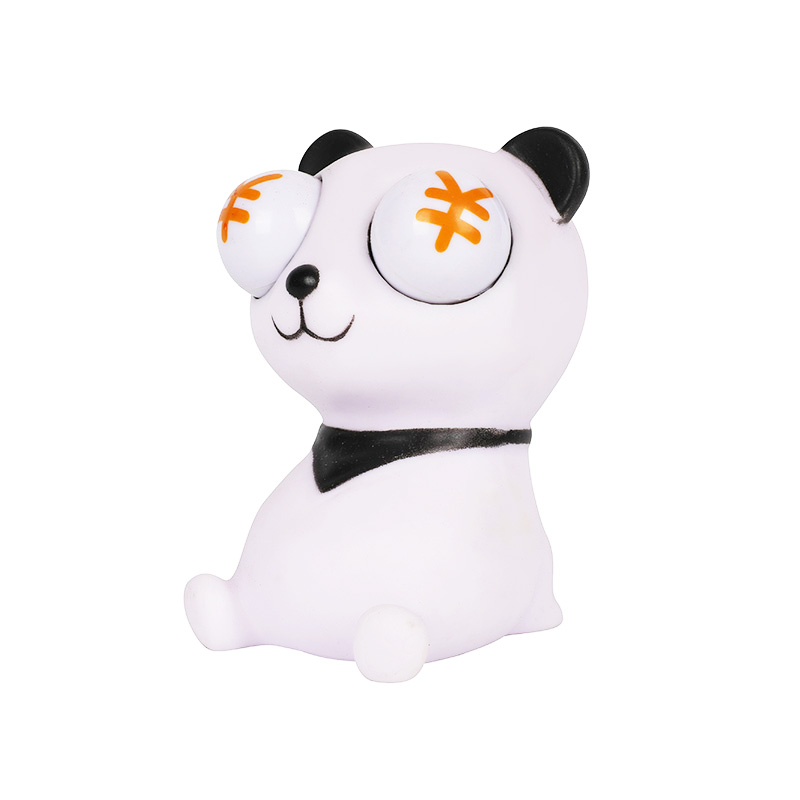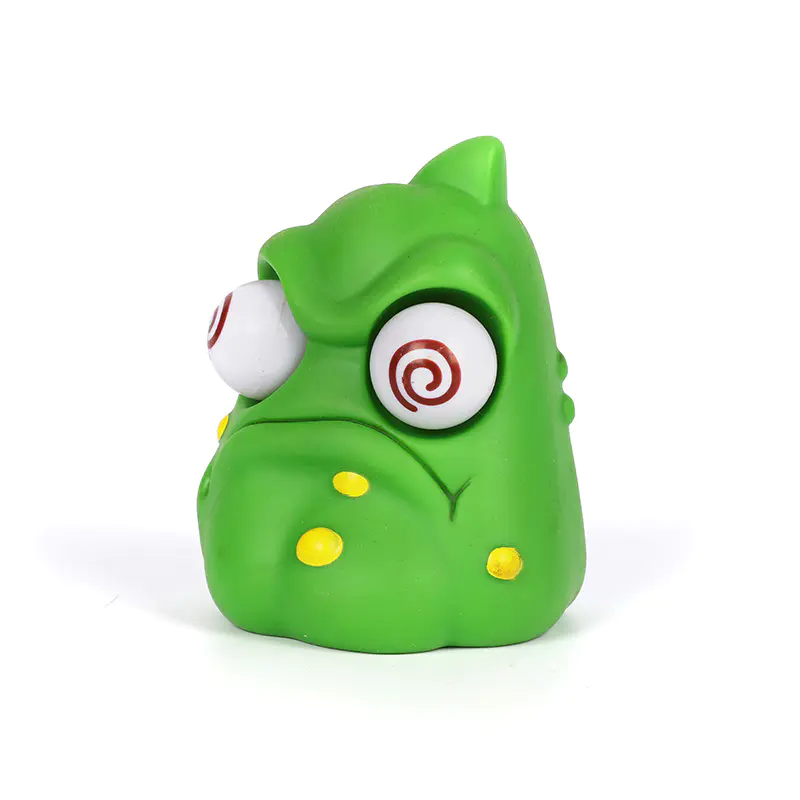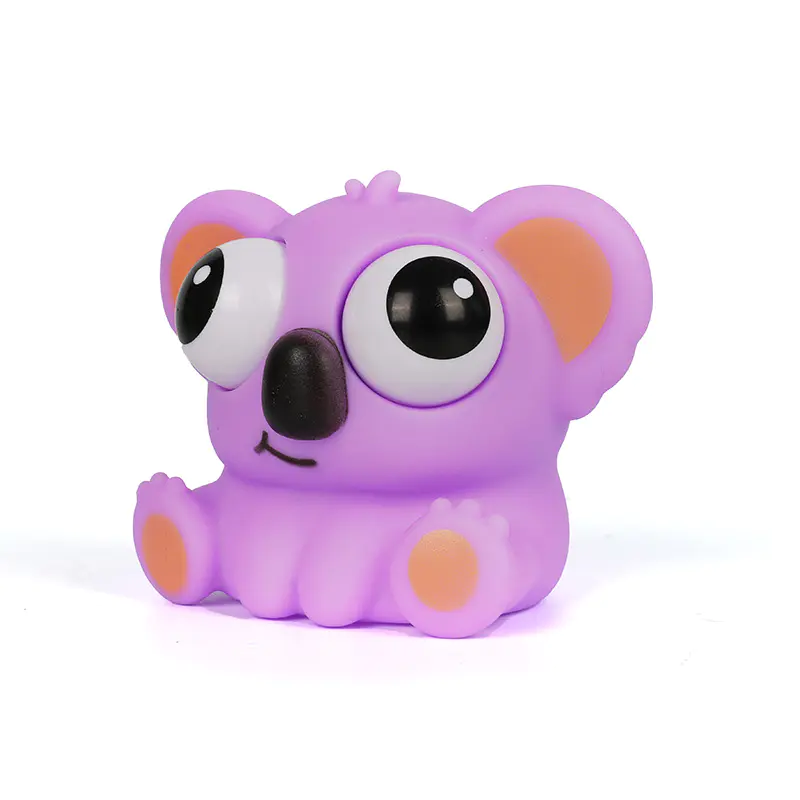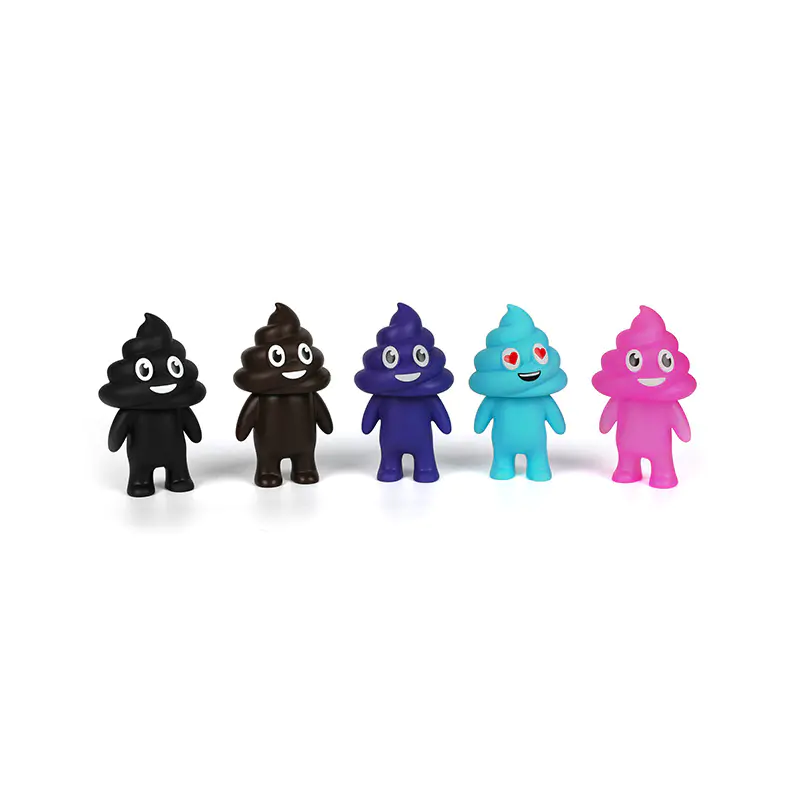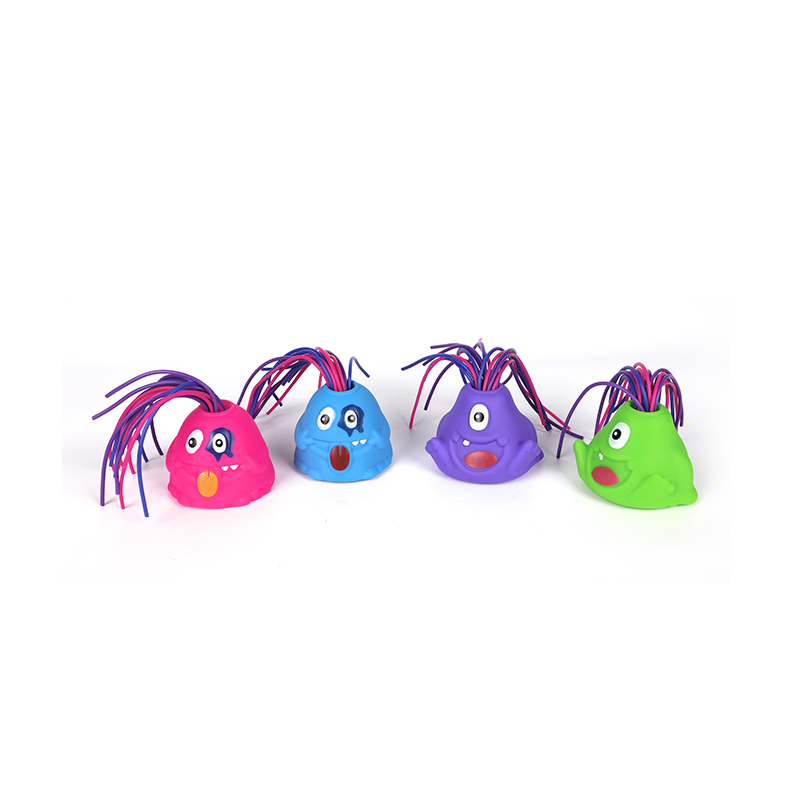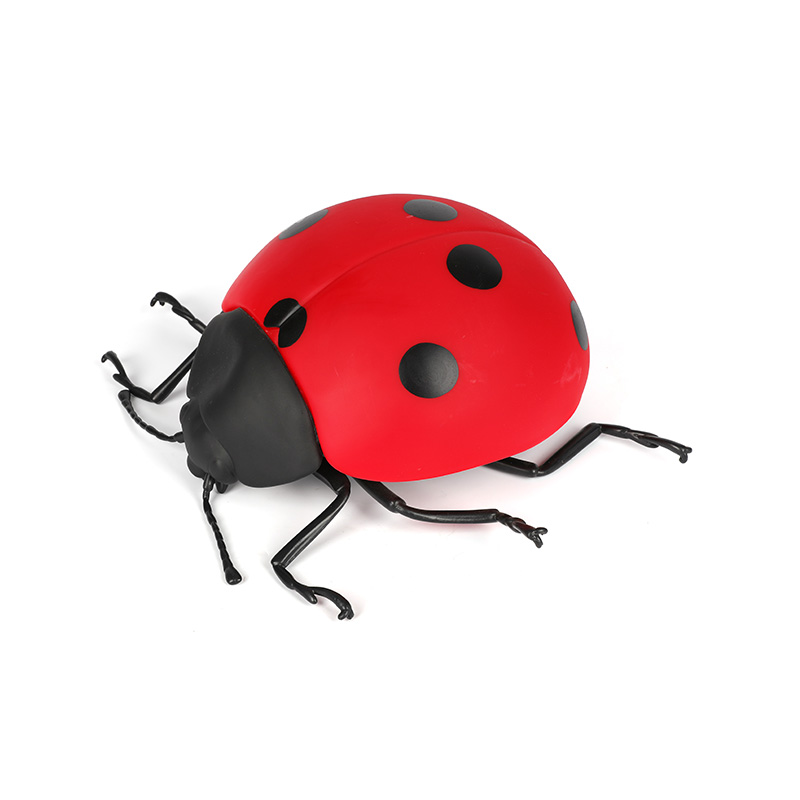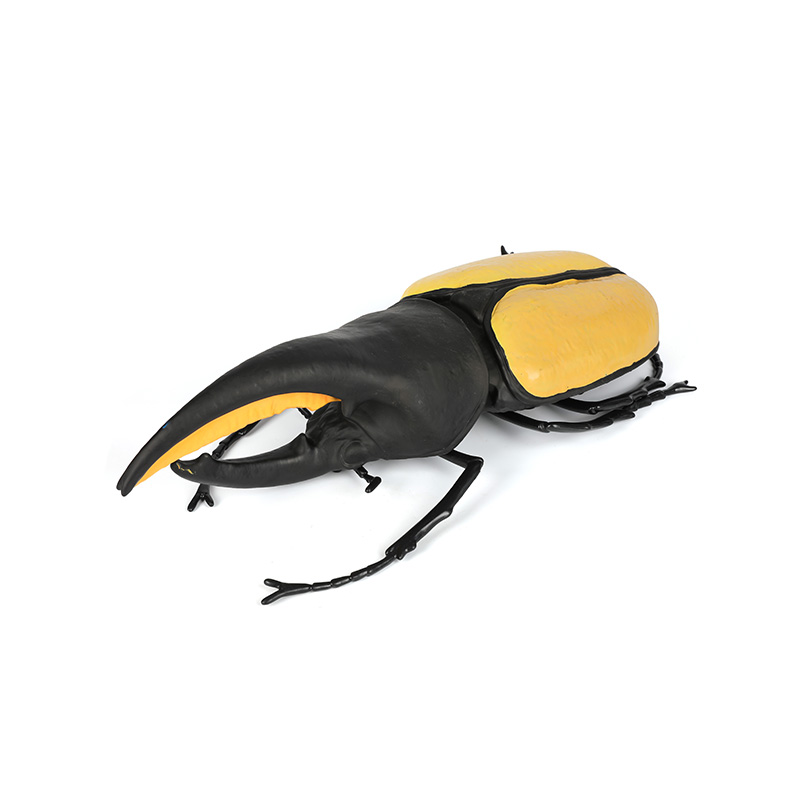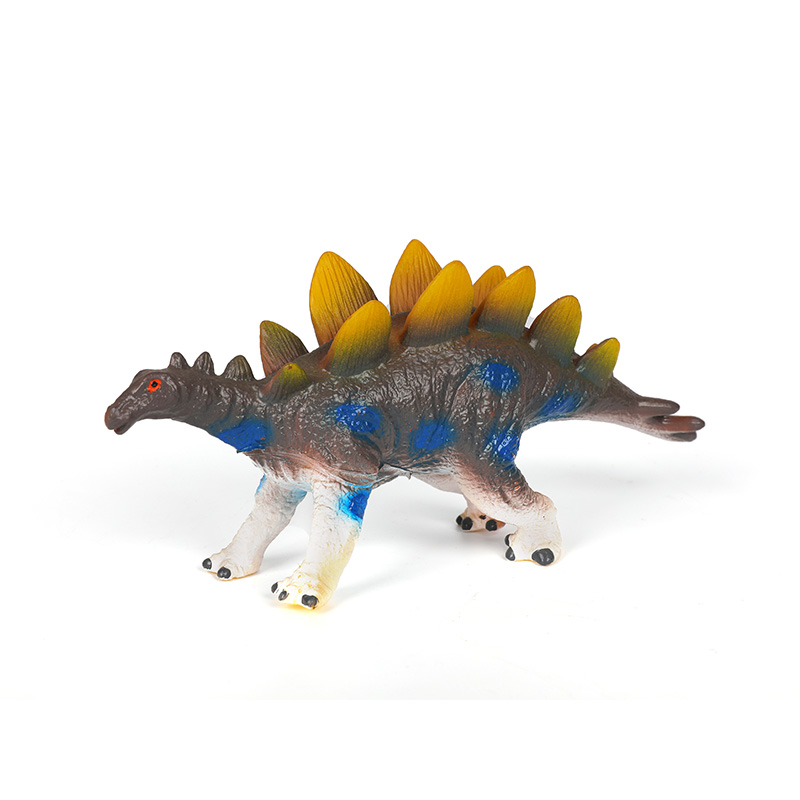- Type:
- Industry News
- Date
- 2025-Oct-03
Caring for Your Duck Toy: Cleaning, Storage, and Lifespan
Duck Toys are beloved companions for children, providing fun, comfort, and educational benefits. However, like any frequently used toy, proper care and maintenance are essential to ensure safety, hygiene, and longevity. This article explores how to clean and disinfect Duck Toys, storage tips to prevent damage or mold, and guidance on their lifespan and replacement.
How to Clean and Disinfect Different Types of Duck Toys
Maintaining the cleanliness of a Duck Toy is crucial, especially since many are used during bath time or come into contact with mouths and hands. The cleaning method depends on the material of the toy.
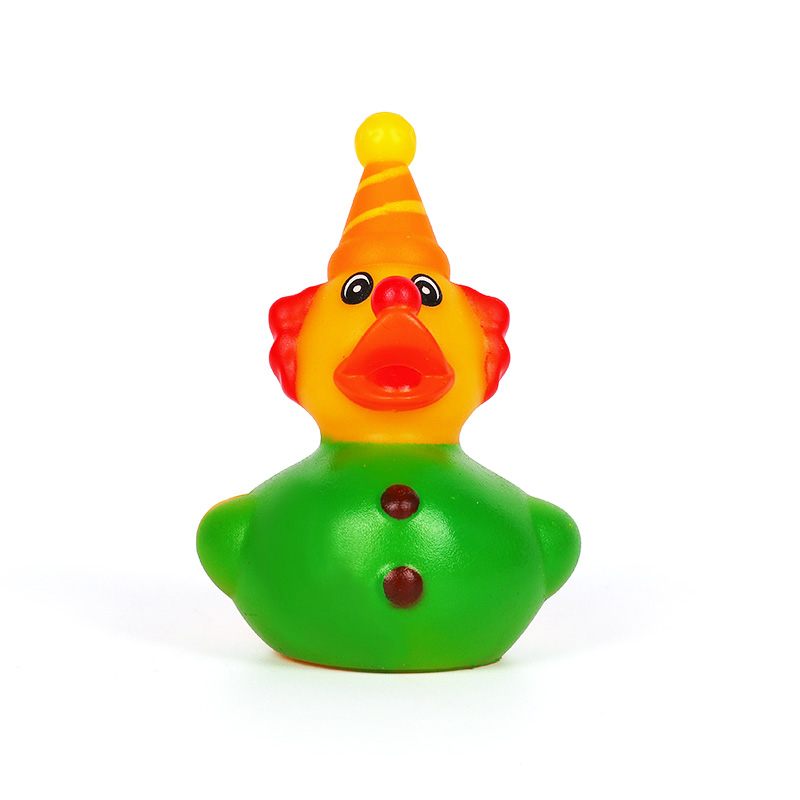
1. Rubber or Plastic Duck Toys
For rubber or plastic Duck Toys, remove any visible dirt and rinse thoroughly with warm water. Use a mild soap or baby-safe detergent to scrub the surface, paying attention to crevices where bacteria can accumulate. After cleaning, rinse well to remove all soap residues. To disinfect, soak the toy in a solution of water and a small amount of white vinegar or use a baby-safe disinfectant. Allow the toy to air dry completely before storing.
2. Bath Toys with Hollow Interiors
Some Duck Toys have hollow interiors, which can trap water and become a breeding ground for mold. To clean these, fill the toy with a vinegar-water solution, shake gently, and let it sit for a few minutes. Rinse thoroughly and squeeze out any remaining liquid. Ensuring the interior is dry before storage is key to preventing mold growth.
3. Plush or Fabric Duck Toys
Plush Duck Toys require a different approach. Check the care label first. Most fabric toys can be hand-washed with warm water and mild detergent or placed in a mesh laundry bag for machine washing. After washing, allow the toy to air dry completely, avoiding direct sunlight that could fade the fabric.
Storage Tips to Prevent Damage or Mold
Proper storage is essential for maintaining a Duck Toy in good condition.
Dry Completely Before Storage: Ensure the toy is completely dry, especially for bath toys, to prevent mold and mildew.
Avoid Direct Sunlight: Store the toy away from prolonged exposure to sunlight to prevent fading or material degradation.
Separate Storage: Keep Duck Toys in a clean, ventilated container or toy bin. Avoid overcrowding to prevent deformation or scratches.
Temperature Considerations: Store toys in a moderate environment, avoiding extreme heat or cold, which can damage rubber or plastic.
Following these tips helps prolong the life of the toy and keeps it safe for children to use.
Lifespan and When to Replace
Even with proper care, Duck Toys have a finite lifespan. The material, frequency of use, and exposure to water or sunlight influence how long a toy remains safe and functional. Rubber or plastic toys typically last several years with regular cleaning, while plush Duck Toys may show wear sooner due to fabric deterioration.
Signs that it is time to replace a Duck Toy include:
Cracks or splits in the material.
Persistent mold or mildew that cannot be removed.
Loose or damaged parts that could pose a choking hazard.
Fading or loss of elasticity in rubber or plastic toys.
Regular inspection ensures that children continue to play safely with their Duck Toys, maintaining both hygiene and enjoyment.
Proper care and maintenance of a Duck Toy are essential for safety, hygiene, and durability. By following recommended cleaning and disinfection methods, storing the toy correctly, and monitoring its lifespan, parents and caregivers can ensure that the toy remains a safe and enjoyable companion. A well-maintained Duck Toy provides years of fun and comfort, making it a valuable addition to a child’s playtime routine.


 English
English
 English
English русский
русский Español
Español